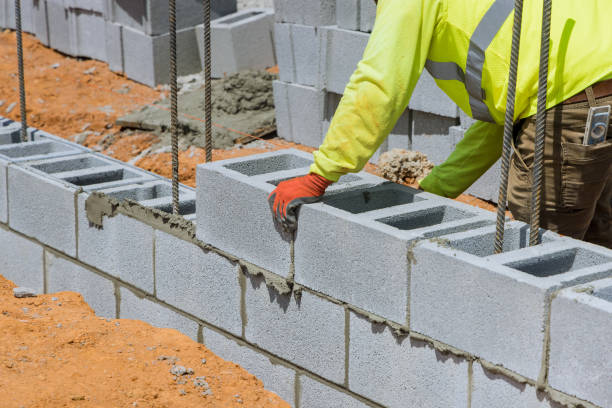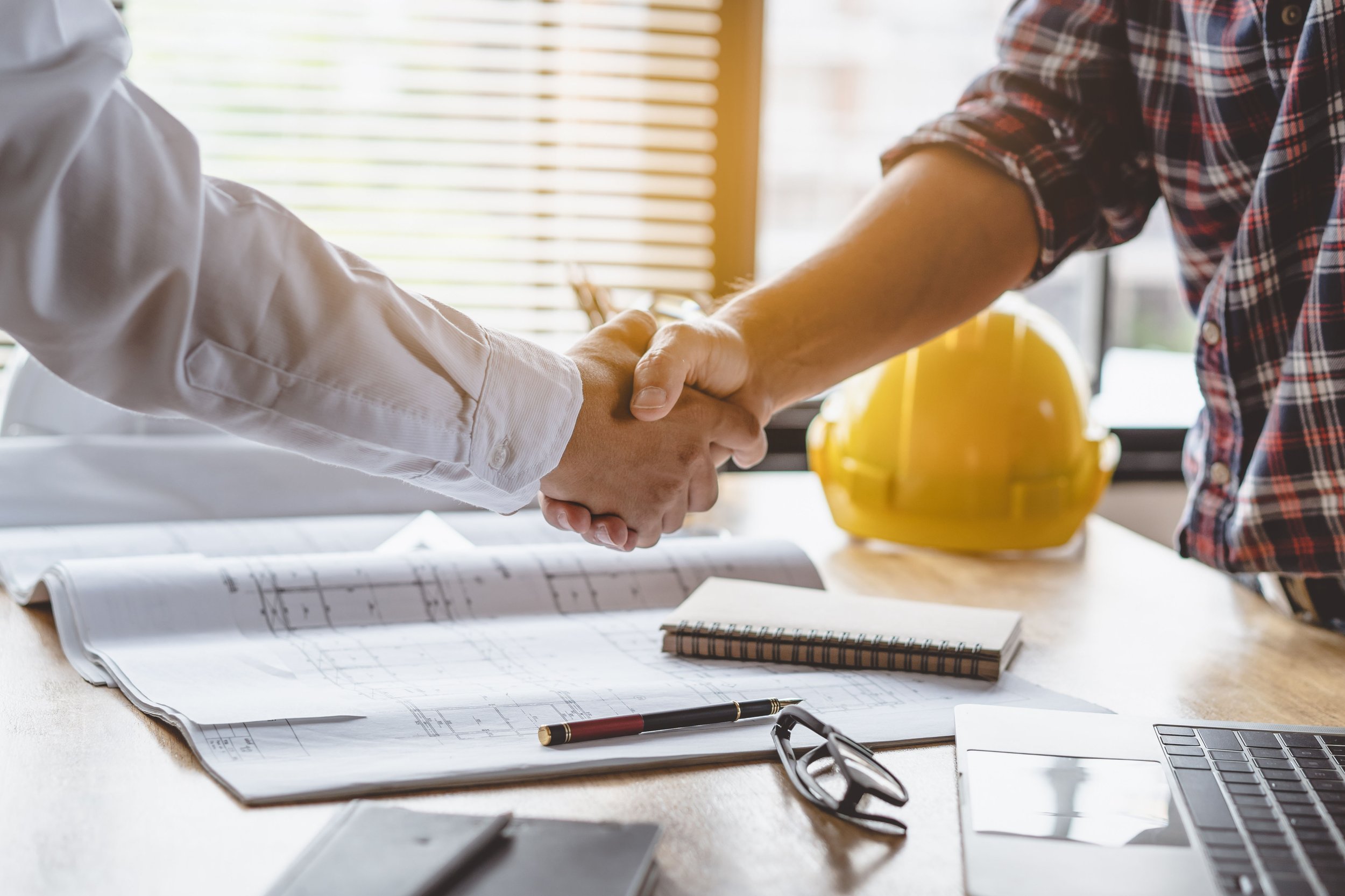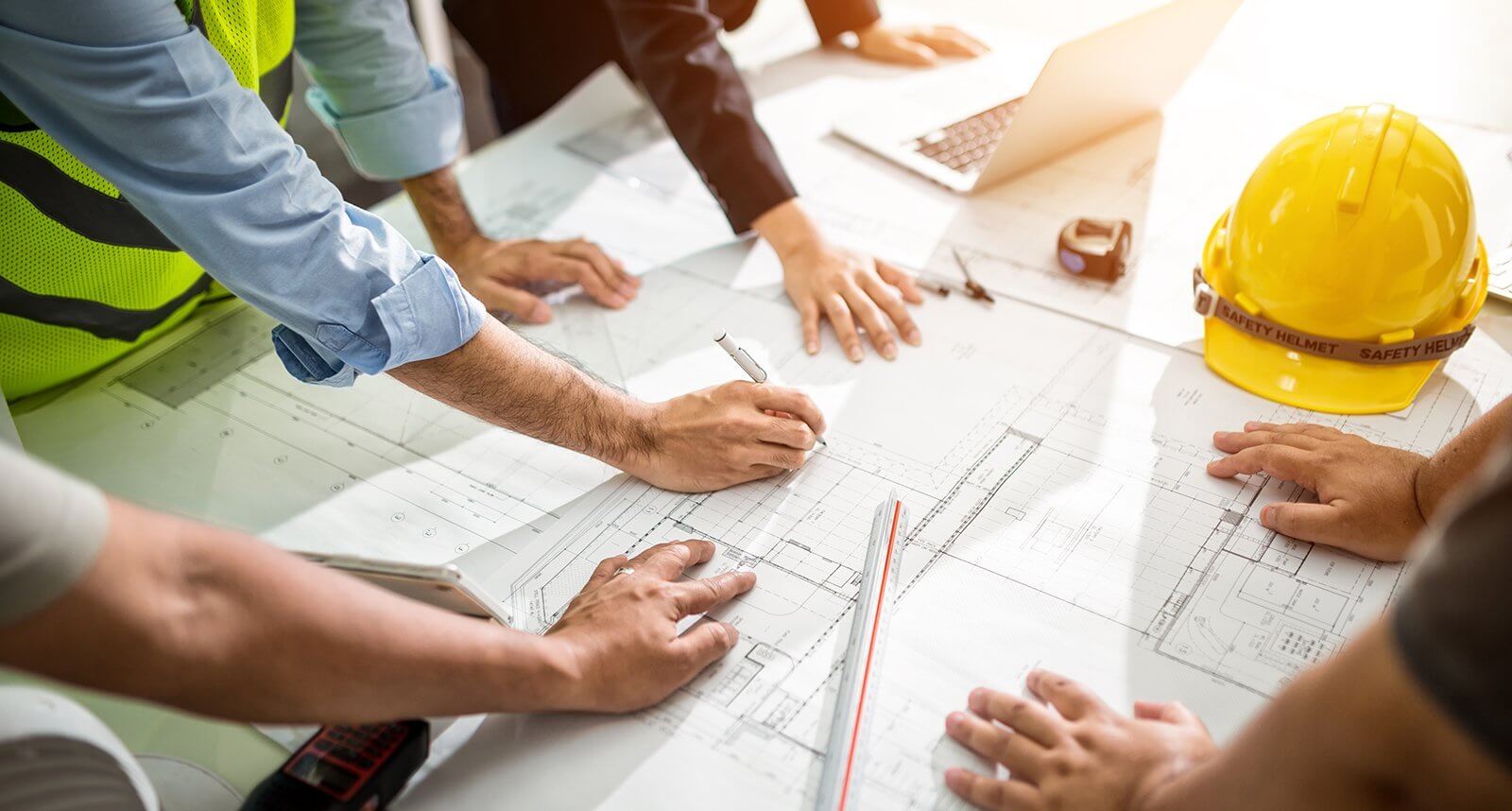by Jeffrey C Kadlowec, Architect
Abstract
Traditional masonry buildings are common throughout the world. They exhibit similar material choices and design elements. Regional climates impact these structures in a variety of ways. The desert climate and assembly uses of buildings in Las Vegas requires additional efforts to ensure the safety of the occupants and interests of building owners, both in daily operations and in the event of emergency situations.
Keywords: building behavior, traditional masonry buildings, fire design, flood mitigation

Masonry Buildings
There are a predominate number of traditional masonry buildings throughout the Greater Las Vegas Valley. These are defined by the 2018 International Building Code (IBC) [IBC 2018] in Chapter 6 as Type III construction. Although [Chenaghlou 2022] analyzes these types of structures in Iran where most of these older structures are unreinforced, the ones built in Southern Nevada are typically reinforced and fully grouted. All of these building exhibit similar material choices and design elements—the walls are masonry, either stone, brick or concrete block supporting wood framed roofs. As with every structure, they react to natural forces of gravity, wind and rain, and are susceptible to destructive forces of fires, earthquakes and flooding.
‘The Meadows’ (Las Vegas in Spanish) is a natural aquafer with a foundation of bedrock and does not experience frequent earthquakes like Iran or California. Fire and floods are of much greater concern in this region. Chapter 6 of the IBC dictates the fire-resistance rating of structural and non-structural elements, while chapter 7 outlines the details of other building elements against fire and smoke. Fire protection and life safety systems are covered in chapter 9 and the International Fire Code (IFC). Design criteria for means of egress and related accessibility can be found in chapters 10 and 11. Though not specifically expressed throughout the code books, [Milanesi 2018] explores vulnerability of masonry buildings to flash floods; while [Seron 2017] discusses ways of retrofitting these buildings against flooding.
Las Vegas is experiencing a rapidly increase in demand for housing construction, which is also occurring throughout the world especially in urban centers. As [Fanton 2022] states, structural masonry is emerging as one of the construction techniques of choice due to its economical and rational advantageous. The table presented illustrates the physical properties of masonry, mortar and bricks—all with compressive strength and elasticity. While masonry provides initial thermal protection, exposure to high temperatures to only one side will create differential expansion—leading to material degradation and possible structural collapse. The performance of civic and government buildings during fire events is explored by [Adnan 2021], with recommendations made regarding fire and smoke detection systems, alarms, and protection and mitigation equipment such as extinguishers, hydrants and reservoir tanks.
With an increase in extreme weather events and a rising sea level, flooding has become a growing concern to engineers and civilians throughout the coastal United States. As the sunniest and driest city in this country, the desert climate of Las Vegas is an important consideration in design of buildings with emphasis on water and waste management by the Las Vegas Valley Water District and Clark County Water Reclamation. Final review before approval for permit by both agencies is usually required. Heavy rain in the winter months leave buildings vulnerable to flash floods and create the potential for structural damage as presented by [Milanesi 2018]. [Seron 2017] explores the effects of these conditions in detail, the factors of possible failures, and suggests retrofitting existing structures to resist them.
With aging of buildings in a dynamic city with a living history, Las Vegas remains an international destination for both business and leisure. It is important that we—as design professionals in the construction industry—take the necessary measure to protect the public health, safety and welfare while striving to preserve the existing fabric of this city and promote future sustainable growth throughout the valley and the rest of the world. Education, discussion and creative solutions to these and other issues are responsibility of everyone involved in any and every construction project.
References
Adnan, Muhammad & Jameel, Muhammad & Raza, Ali. (2021). Behaviour of Brick Masonry Structures During Fire Event: A Review.
Chenaghlou, Mohammad; Kheirollahi, Mohammad; Shahbazi, Yaser & Kabirsaber, Bagher. (2022). Evaluation of the Wooden Structural Elements in the Behavior of Traditional Masonry Buildings. 10.21203/rs.3.rs-2034921/v1.
Fanton, Andreia & Almeida, Luiz & Trautwein, Leandro. (2022). Eurocode Structural Fire Design of Brazilian Masonry Buildings: A Comparison Between Concrete and Clay Units.
International Building Code. (2018). International Code Council: Digital Codes. https://codes.iccsafe.org/content/IBC2018.
Milanesi, Luca; Pilotti, Marco; Belleri, Andrea; Marini, Alessandra & Fuchs, Sven. (2018). Vulnerability to Flash Floods: A Simplified Structural Model for Masonry Buildings. Water Resources Research. 54. 10.1029/2018WR022577.
Seron, Victor Gnanasekaran & Suhoothi, A.C.M.. (2017). Retrofitting of Unreinforced Masonry Buildings against Flooding. 10.13140/RG.2.2.36062.13122.



